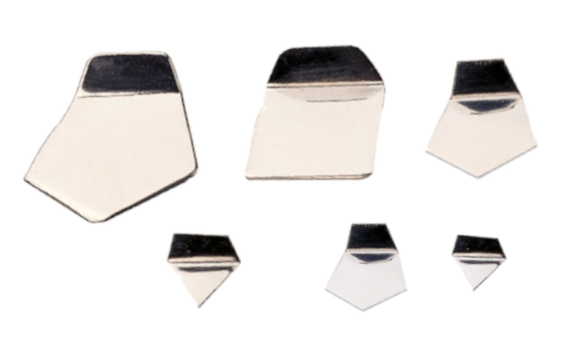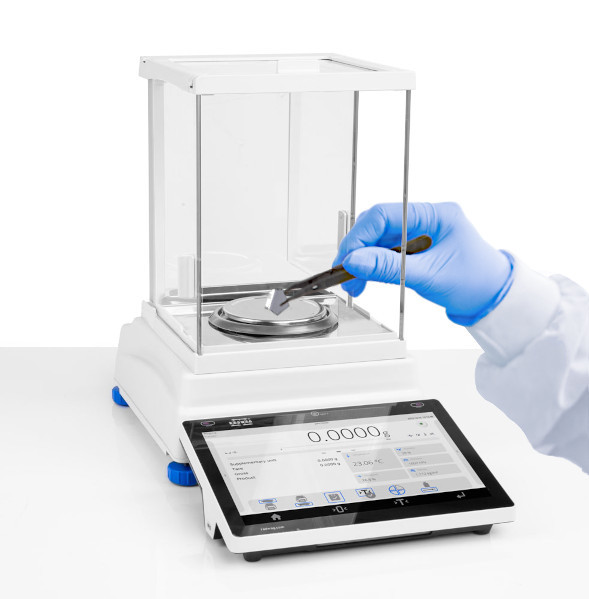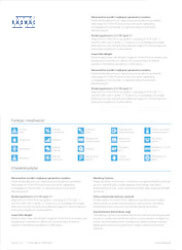E1 Mass Standard - Flat Polygonal Sheet - 2 mg
E1-class mass standards are the elite in the world of metrology, because standards of this class represent the highest level of precision and accuracy in mass measurement. The E1 classification is one of the most stringent standards that standards must meet in order to be considered the most advanced and trustworthy measurement tools.
E1 - class standard: flat polygonal sheet
Nominal value: 2 mg
Material: aluminum
Nominal value: 2 mg
Material: aluminum

What Are the Characteristics of the E1 Class?
- Highest Precision - The allowable deviation from the actual weight is minimal, making standards of this class ideal for applications where every gram matters.
- Stability and Repeatability - This guarantees a consistent level of accuracy over the long term.
- Accurate Calibration - Standards of this class must be regularly compared with other standards of known mass to confirm their measurement accuracy.
- Materials with Unique Properties - E1 class mass standards are often made of materials with exceptional physical properties, which makes them stable and resistant to changes in environmental conditions.

Application
1. Analytical Laboratories
In analytical laboratories where accurate measurements are crucial, E1 class mass standards are used to calibrate balances with the highest precision.
2. Pharmaceutical Industry
2. Pharmaceutical Industry
In drug manufacturing, where even the slightest deviation from the standard affects quality, E1 class mass standards are irreplaceable.
3. Scientific Research
3. Scientific Research
In scientific research, especially in areas requiring the highest precision, such as physics or chemistry, E1 class mass standards are used to ensure reliable results.
4. Metrology Industry
4. Metrology Industry
In metrology laboratories where research on E1 class mass standards alone is carried out, E1 class standards are the standard of excellence.
Class E1 mass standards are not only measuring tools, but also a symbol of metrological excellence. Their use affects the quality of measurements in various areas of life because they provide precision that can be relied upon. They are a key element in the world of mass measurement, shaping standards and raising the bar for all measurement tools.









 Albanian
Albanian Danish
Danish Nederlandse
Nederlandse Estonian
Estonian Finnish
Finnish Hungarian
Hungarian Icelandic
Icelandic Kazakh
Kazakh Latvian
Latvian Lithuanian
Lithuanian Macedonian
Macedonian Norwegian
Norwegian Portuguese
Portuguese Romanian
Romanian Russian
Russian Slovak
Slovak Slovenian
Slovenian Swedish
Swedish Ukrainian
Ukrainian Serbian
Serbian Montenegrin
Montenegrin Deutsch
Deutsch Español
Español Français
Français Italiano
Italiano Polski
Polski Türkiye
Türkiye Česky
Česky Português (Brasil)
Português (Brasil) 中文
中文












